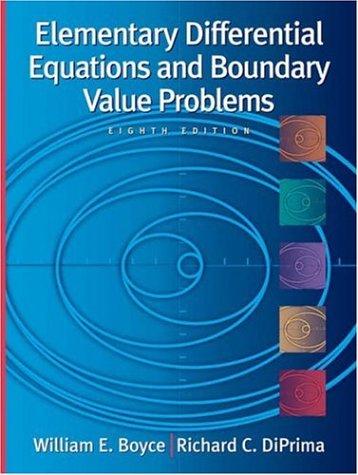Question
1. Refer to the Baseball 2012 data, which reports information on the 30 Major League Baseball teams for the 2012 season. Set up three variables:
1. Refer to the Baseball 2012 data, which reports information on the 30 Major League Baseball teams for the 2012 season. Set up three variables:
Divide the teams into two groups, those that had a winning season and those that did not. That is, variable to count the teams that won 81 games or more, and those that won 80 or less.
a new variable for attendance, using three categories: attendance less than 2.0 million, attendance of 2.0 million up to 3.0 million, and attendance of 3.0 million or more.
a variable that shows the teams that play in a stadium less than 15 years old versus one that is 15 years old or more.
Answer the following questions.
a. a table that shows the number of teams with a winning season versus those with a losing season by the three categories of attendance. If a team is selected at random, compute the following probabilities:
1. The team had a winning season.
2. The team had a winning season or attendance of more than 3.0 million.
3. The team had a winning season given attendance was more than 3.0 million.
4. The team has a winning season and attracted fewer than 2.0 million fans.
b. a table that shows the number of teams with a winning season versus those that playin new or old stadiums. If a team is selected at random, compute the following probabilities:
1. Selecting a team with a winning season.
2. The likelihood of selecting a team with a winning record and playing in a new stadium.
3. The team had a winning record or played in a new stadium.
2. Refer to the Baseball 2012 data. Compute the mean number of home runs per game. To this, first find the mean number of home runs per team for 2012. Next, divide this value by 162 (a season comprises 162 games). Then multiply by 2 because there are two teams in each game. Use the Poisson distribution to estimate the number of home runs that will be hit in a game. Find the probability that:
a. There are no home runs in a game.
b. There are two home runs in a game.
c. There are at least four home runs in a game.
Step by Step Solution
There are 3 Steps involved in it
Step: 1

Get Instant Access to Expert-Tailored Solutions
See step-by-step solutions with expert insights and AI powered tools for academic success
Step: 2

Step: 3

Ace Your Homework with AI
Get the answers you need in no time with our AI-driven, step-by-step assistance
Get Started


